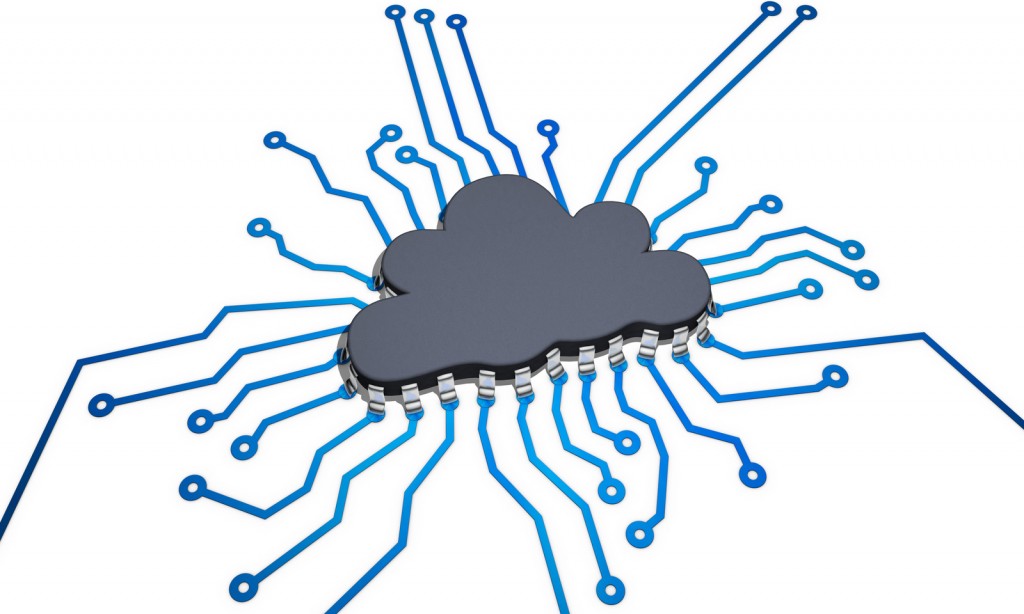 On the heels of my last blog post about the opportunities for a startup, I have been thinking more about the technology infrastructure it takes to launch that startup. It turns out that it is easier than ever, thanks to managed services and distributed computing. There are a lot of very smart people willing to provide services that will help get your new product or service off the ground. In the last blog I talked about the three things you need for a startup: a great idea, awesome people, and a funding source. This week I want to focus on the work behind the curtain.
On the heels of my last blog post about the opportunities for a startup, I have been thinking more about the technology infrastructure it takes to launch that startup. It turns out that it is easier than ever, thanks to managed services and distributed computing. There are a lot of very smart people willing to provide services that will help get your new product or service off the ground. In the last blog I talked about the three things you need for a startup: a great idea, awesome people, and a funding source. This week I want to focus on the work behind the curtain.
Infrastructure as a Service (IaaS)
There is very little need to deploy your own big iron any more. You can purchase and configure servers in the cloud easily. This gives you the infrastructure that you need so that your developers can create your new service or product and provide the storage necessary for all of those tasks. One of the big benefits of cloud- sourced infrastructure is scalability. You can deploy as much or as little of these resources as you need. When starting out, you can contract a small amount of services and as you grow, the infrastructure can grow with you. The set up time and learning curve are also eliminated, as well as the risk of physical equipment failure. Some vendors in this area are: Amazon Web Services, CA Technologies, HP, and GoGrid.
Platform as a Service (PaaS)
If your new product or service is primarily digital, then this will allow you to deploy development, testing, and production platforms for your developers. Again, there is no need to deploy actual hardware at your startup site to have platforms available. Deploy as little or as much as you need and, again, it is scalable and additional resources can be deployed on demand. Vendors in this area are: Amazon Web Services, Google, and OpenStack.
Software as a Service (SaaS)
Finally, the top layer. These are the applications that you and your new employees use every day such as customer relationship management and tracking, office applications, e-mail, accounting applications, and so on. These applications can all be maintained by others and accessed through an interface on your laptop, tablet, or smartphone. There is no need to maintain your own computers and your own expertise, thanks to many, if not all of these day-to-day applications. Salesforce.com was one of the early pioneers in this growing field by hosting customer relationship management applications. Other established and emerging companies are SAP for on-demand enterprise resource planning and Financialforce.com to provide you with necessary finance applications, through the cloud.
Thoughts
It used to be that one of the drawbacks of starting a new company is that you had a lot of startup costs associated with procuring IT infrastructure and applications. Now, what was once a barrier is an advantage because you have no legacy IT to deal with. You can start fresh and easily deploy just the right level of services to meet your needs. This frees up you and your team to finally bring that great new product to a waiting market.
 About Kelly Brown
About Kelly Brown
Kelly Brown is an IT professional, adjunct faculty for the University of Oregon, and academic director of the UO Applied Information Management Master’s Degree Program. He writes about IT and business topics that keep him up at night.




